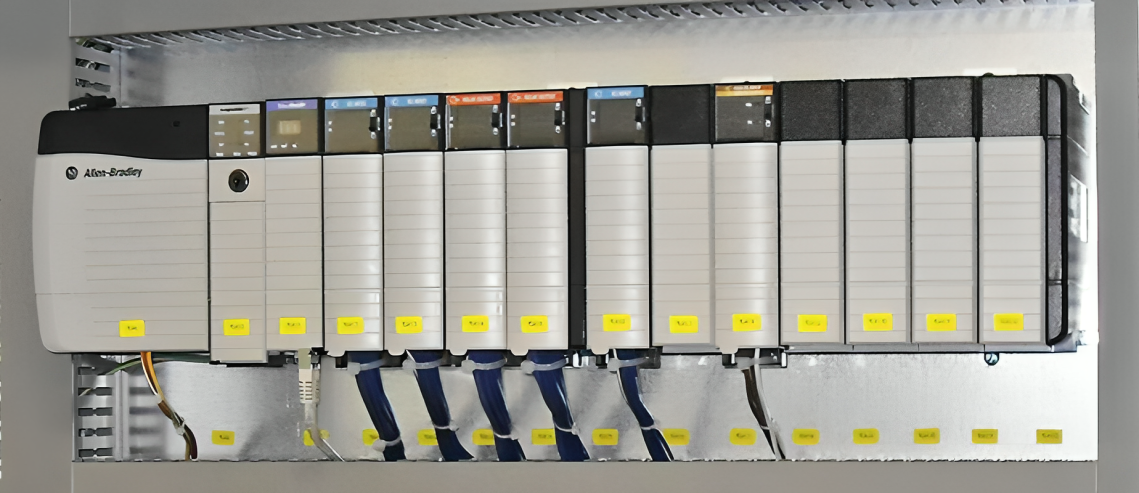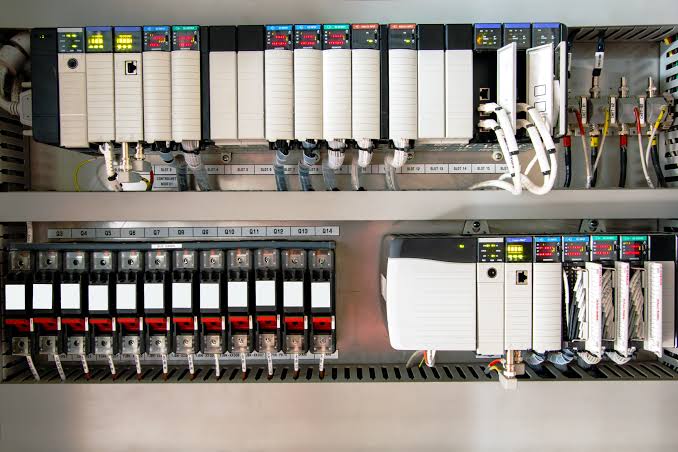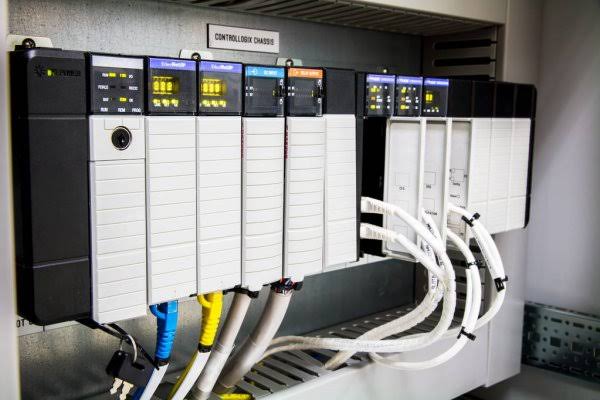Introduction
In today’s ever-evolving industrial automation era, choosing the right PLC solution for your application is critical to performance, efficiency, and overall efficiency.
There are many different types of PLCs available, and it can be hard to know which one is best suited to your needs. In this guide, we will discuss the most significant factors that should influence your PLC choice.
Understanding the Basics of PLC
Before we get into the process of choosing a PLC, let’s go over what it is and what it’s important for industrial automation.
What is a Programmable Logic Controller (PLC)?
A programmable logic controller (PLC) is a computer program that is used to control electromechanical devices and processes in industries like manufacturing, energy and others.
PLCs are designed to work in challenging industrial settings and provide real-time control of equipment and operations.

Factors to Consider When Choosing a PLC
1. Application Requirements and Complexity:
Start by understanding what your application needs are. Think about how complex your control tasks are, how many input/output points you need, and the scope of your project.
A basic PLC may be sufficient for a basic application, while more complex systems may require a more sophisticated and powerful PLC.
2. Processing Power and Speed:
Check the processing power and speed of the PLC. This is important for real-time applications. High-speed applications or applications with complex algorithms may require a PLC with high processing power.
3. Input / Output (I/O) Requirements:
Take a look at your application’s I/O needs. Think about how many and what types of sensors and actuators your PLC will be interacting with.
Make sure your selected PLC has enough I/O space and supports the required communication protocols for smooth integration.
4. Communication Protocols:
Ensure that the PLC is compatible with your industry’s and application’s communication protocols. Some of the most common are Modbus and Profibus, as well as Ethernet/IP and Profinet.
Choosing a PLC that is compatible with your current communication infrastructure can help streamline the integration process and improve overall system performance.

5. Environmental Considerations:
Assess the environmental conditions in which the PLC will operate. Some applications may expose the PLC to extreme temperatures, humidity, or vibrations. Choose a PLC with the appropriate environmental ratings to ensure reliability and longevity in challenging conditions.
6. Scalability and Expandability:
Consider the scalability and expandability of the chosen PLC. Future-proofing your automation system is essential, and selecting a PLC that allows for easy expansion and integration of additional modules ensures flexibility as your system evolves.
7. Programming and Software:
Evaluate the programming options and software tools provided by the PLC manufacturer. User-friendly programming environments, robust debugging tools, and comprehensive documentation can significantly impact the efficiency of system development and maintenance.
8. Reliability and Durability:
Reliability is paramount in industrial automation. Consider the reputation of the PLC manufacturer, warranty offerings, and the overall durability of the device. A reliable PLC is essential for minimizing downtime and ensuring the continuous operation of your processes.
- Cost:
Cost isn’t the only factor to consider, but it’s certainly one of the most important. Think about how much you’d spend if you had to buy the car outright. How much would it cost to keep it running? How much would you need to spend on maintenance and upgrades? Find a way to balance features with budget.
10. Support and Training:
Consider the level of support and training provided by the PLC manufacturer. Adequate support and accessible training resources can significantly reduce the learning curve for your team and ensure efficient troubleshooting and maintenance.

Case Studies and Real-World Examples
To provide a practical perspective on the decision-making process, let’s explore a couple of case studies where the right PLC selection played a pivotal role in the success of industrial automation projects.
Case Study 1: Automotive Assembly Line
In the automotive assembly line the PLC needed to be able to coordinate the exact movements of the robotic arm, conveyor belt, and different assembly stations.
It also had to be able to support high speed communication protocols, perform complex kinematic calculations, and provide strong programming capabilities.
The successful deployment of a high performance PLC improved not only the production efficiency, but also made it easy to adapt to variations in the manufacturing process.
Case Study 2: Water Treatment Plant
In a water treatment plant, the PLCs were responsible for controlling pumps, valves, and chemical dosing systems.
The environmental conditions were challenging, with exposure to humidity and varying temperatures.
Selecting PLCs with robust environmental ratings ensured reliable operation, minimizing the risk of system failures.
Additionally, the PLCs supported communication protocols compatible with the plant’s existing SCADA system, enabling seamless integration and centralized monitoring.
Conclusion
Choosing the right PLC for your application is a multifaceted process that requires a thorough understanding of your specific needs, coupled with a careful evaluation of the available options. By considering factors such as application requirements, processing power, I/O capabilities, communication protocols, and environmental considerations, you can make an informed decision that aligns with your goals for efficiency, reliability, and scalability.
Remember to stay updated on advancements in PLC technology and leverage the support and training resources provided by manufacturers to empower your team with the knowledge needed to optimize PLC performance. The right PLC is not just a component of your automation system; it’s a strategic investment that can drive the success of your industrial processes in the long run.
Our Face Book Page Our You Tube Channel Home Page